Transfer bodyweight forward
In biomechanics, the tennis forehand is a sequence of motions referred to as the 'kinetic chain' made up of the various body segments involved in this specific stroke. As the starting point of this chain, the legs are the 'launching pad' for the hitting motion. The energy is then released through a sequence of upward and forward body movement and rotations thus creating linear and angular momenta which consequently transfer power into the shot.
Linear momentum
- develops through forces generated from the ground when steps are taken forward and bodyweight is transferred from the back leg to the front leg
Angular momentum
- develops from ground reaction forces and tends to produce a sequence of body rotations: legs, hips, torso, shoulder, arm, forearm, wrist, and racket
Terminate with a follow-through
Javi shows how to terminate the stroke by progressively reducing the speed of the racket after the impact. During the follow-through the non-dominant hand gently catches the racket. Finally, the racket should end its trajectory over the shoulder of the non-hitting arm.
Key takeaways
The main learning points from this tennis lesson for beginners are:
- For a neutral stance, position yourself sideway.
- Swing the racket back in a vertical position and stop before starting the forward motion.
- Begin the sequence of body rotations starting with the legs, followed by the hips, torso, shoulder, arm, forearm, wrist and racket.
- Finish the shot with the weight of the body on the front foot and slightly raise the back foot.
- Follow through and grab the racket at the end of the motion with your non-dominant hand.
Forward bodyweight transfer generates power in the forehand stroke!
In this video, Javi explains how to transfer bodyweight forward and how to do the right follow-through to finish the motion of a forehand stroke. In one simple exercise the player is practicing those concepts by hitting easy balls from the service line.
Exercise 1
3 sets of 15 balls
